1. WATERFORD & WINE…
Waterford was once the Wine Capital of Ireland. As one of the oldest cities, Waterford's wine culture has played a huge role in its heritage for hundreds of years. With a long and colorful wine history, Waterford was once a bustling European port and a hub of wine commerce. This trade linked Waterford with some of the most sophisticated cities in Europe - namely Bristol, Bordeaux and Bruges.
Wine was imported into Waterford in wooden barrels, and wine jugs were needed to serve it. As by-products of the wine industry, these jugs were found in city center excavations and are now on display in Waterford's Medieval Museum. The museum is located opposite the House of Waterford Crystal and there you can learn all about Waterford's rich history and visit the 15th Century Mayor's Wine Vault. The vault was built around 1440 by a wealthy wine merchant called Peter Rice. Rice's son, James, went on to become mayor of Waterford and served for eleven terms.
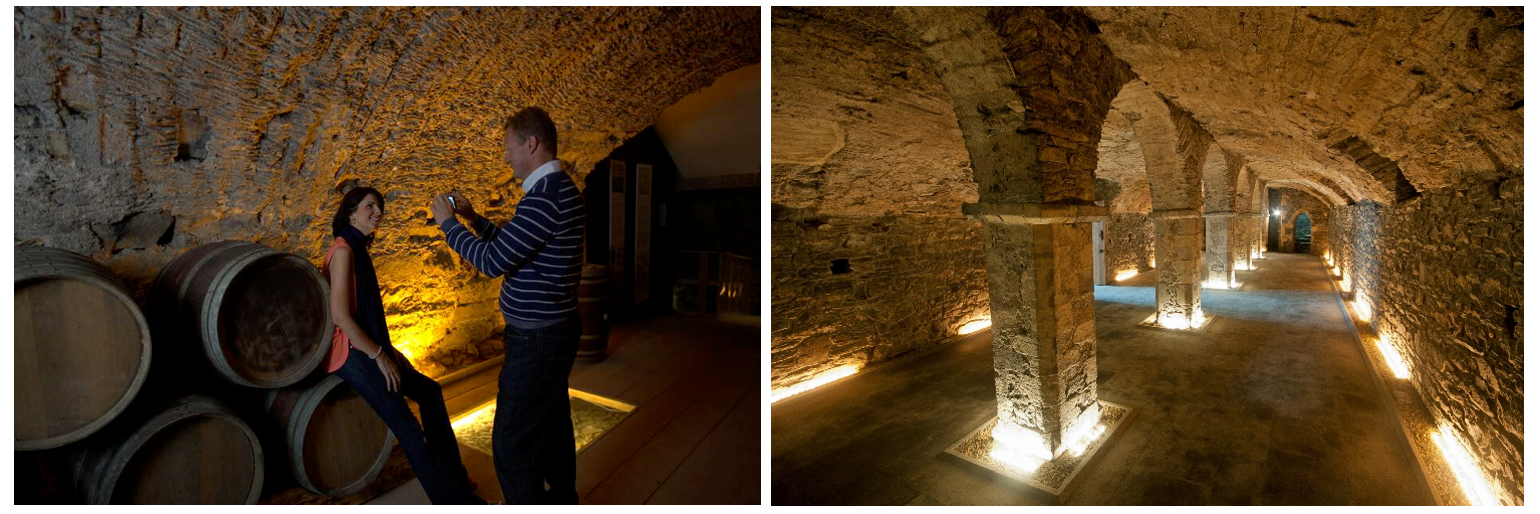
2. THE WATERFORD BLAA...
A soft white bread roll, is a speciality of Waterford and is traditionally filled with hot bacon, sausages or any breakfast item you fancy! Another delicious and popular choice is a plain blaa spread with some real butter. In 2013, the Waterford blaa was awarded ‘Protected Geographical Indication’ status which recognises the bread roll as a unique product of the Waterford region. Choose from a crusty or a soft floury blaa. You have to try one while in the area!

3. THE IRISH TRICOLOUR FLAG...
The Irish Flag was flown for the very first time in Waterford City on the 7th of March 1848 by the Irish revolutionary, TF Meagher. Meagher had returned from France with the tricolour where it had been made by French supporters. “The white in the centre signifies a lasting truce between the ‘Orange’ and the ‘Green’ and I trust that beneath its folds the hands of the Irish Protestant and the Irish Catholic may be clasped in generous and heroic brotherhood” Meagher said of the flag.
He was later sentenced to be hung, drawn and quartered for his part in the 1848 uprising but his sentence was then commuted to a life sentence in Van Diemen’s Land (now Tasmania). He escaped to America two years later and was to play a leading role in the American Civil War.
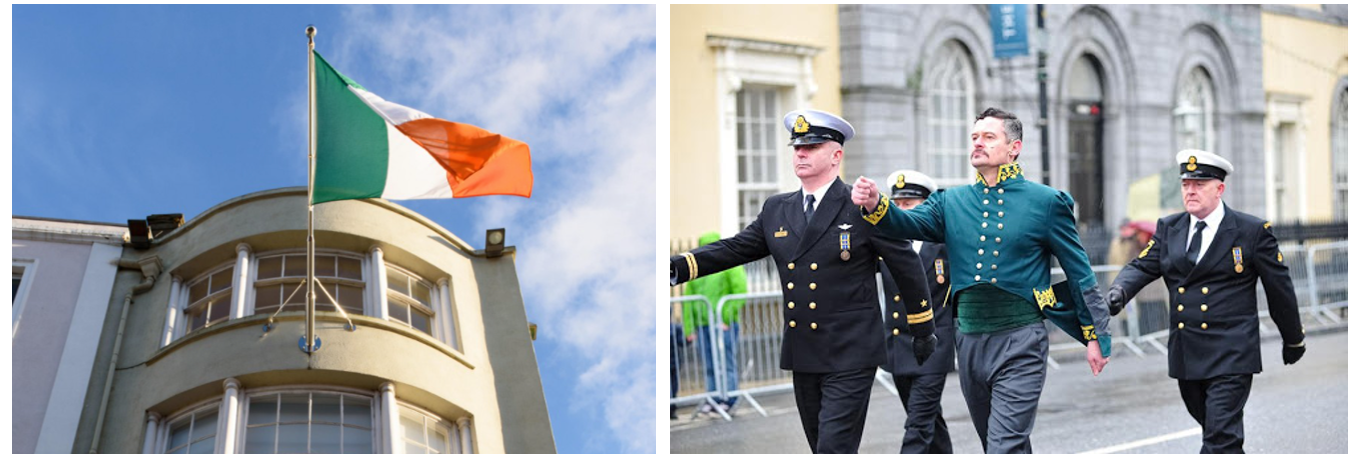
4. ST PATRICKS DAY...
Waterford clergyman, Luke Wadding was the person responsible for establishing St. Patrick's Day as a national feast day in the mid-17th century. Although the day had been observed in Ireland from around the 10th century, it was Wadding, who held an influential position in Rome, who put the power of the Catholic Church behind the feast day.
After it was decreed a holy day of obligation, it become increasingly popular and by the 18th century, St Patrick’s Day celebrations were taking place in the United States in cities such as Boston and New York. Throughout the 19th and 20th centuries it slowly developed to become the worldwide day of celebration that it is today!
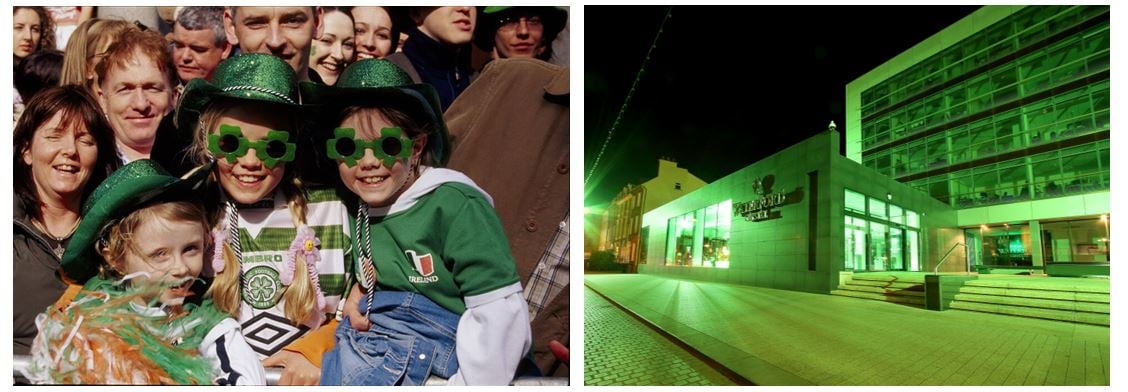
5. JOHN ROBERTS...
Waterford city is the only place in Ireland where both the Protestant and Catholic cathedrals were built by the same man, John Roberts. Constructed in 1793, Waterford’s Roman Catholic Cathedral is also the oldest in Ireland. Roberts architecture can be found all over Waterford and include the Assembly Rooms (now City Hall), the Theatre Royal, the magnificent courtyard at Curraghmore House, Newtown House (now Newtown School), Mount Congreve, and a number of other country houses. The town house of William Morris (later the Chamber of Commerce) and the Leper Hospital (later the Infirmary) are also attributed to Roberts.
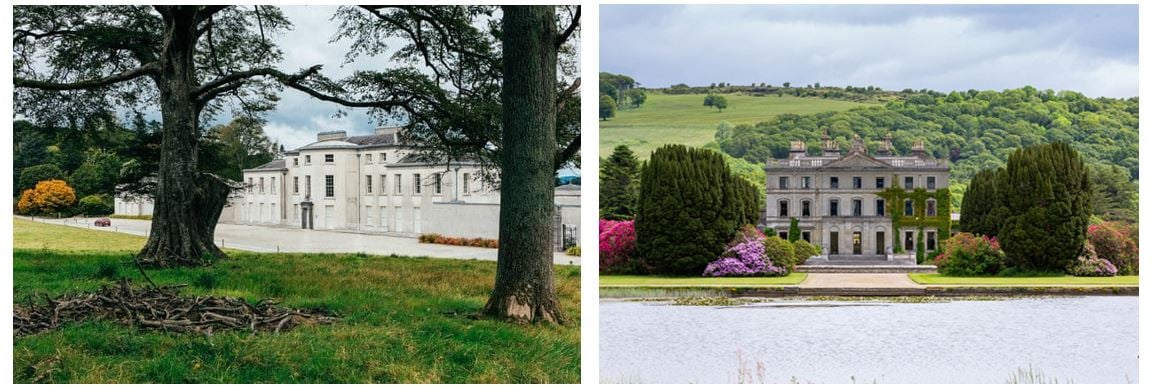
6. REGINALD’S TOWER...
The oldest civic building in Ireland. It was once described by the famous Irish patriot Thomas Francis Meagher in 1843 as being “a massive hinge of stone connecting the two great outspread wings, the Quay and the Mall within which lay the body of the city”, Reginald’s Tower is one of the finest surviving examples of medieval urban defence in Ireland. Built by the Vikings in around 1003, the tower has been in continuous use for over 800 years and forms the apex of the triangular settlement, an area still known to this day as the Viking Triangle. Re-built by the Anglo Normans after their arrival in Ireland in 1170, the tower was a strongpoint of the city’s medieval defensive walls and saw many battles throughout the centuries. The building is not without its scars, and if you look high on the tower to the right-hand side of the entrance you can see a cannonball deeply embedded into the stone. This was fired during the Parliamentary siege in 1650. Reginald’s Tower has been used over the years as a fortress, an arsenal, a prison, a mint and now houses a fascinating exhibition on Viking Waterford.

7. WOODSTOWN...
The only large-scale, 9th century Viking settlement discovered in Western Europe is located just 9km west of Waterford city. Likely to be the largest Viking settlement outside of Scandinavia during this period, Woodstown was established in the mid-to-late 800s, before the Vikings established Ireland’s oldest City, Waterford in 914. The remains were discovered during the construction of a city by-pass in 2003. The site at Woodstown was ideally suited to the water-travelling Vikings as the network of rivers now known as the Three Sisters, provided ready access to Ireland’s inland counties. Finds at the site reflect the extent of Viking trading networks and include pieces of Irish-made jewellery, amber from the Baltic, silver coins from the Near East and weapons from Scandinavia. The most exciting find at Woodstown was the discovery of a warrior grave, probably a Viking chieftain, which contained his sword, shield, spear, axe, knife and a ring-pin which he would have used to fasten his cloak. These fascinating grave-goods and other finds from Woodstown are on permanent display in Reginald’s Tower!

8. ROBERT BOYLE…
The Father of Modern Chemistry himself, Robert Boyle was born in Lismore Castle, County Waterford in the 17th century. Of all Ireland’s historical figures, it has been argued that Boyle had the greatest impact on the course of human history. At work during the exciting scientific revolution of the 17th century, Boyle and his contemporaries, which included Isaac Newton and Galileo Galilei discovered many of the laws and principles which would underpin modern science. They also pursued the process of alchemy, which attempted to transmute base metals into gold (they never succeeded!). Boyle is best known for ‘Boyle’s Law’, which describes the inversely proportional relationship between the pressure and volume of a gas, if the temperature is kept constant within a closed system.
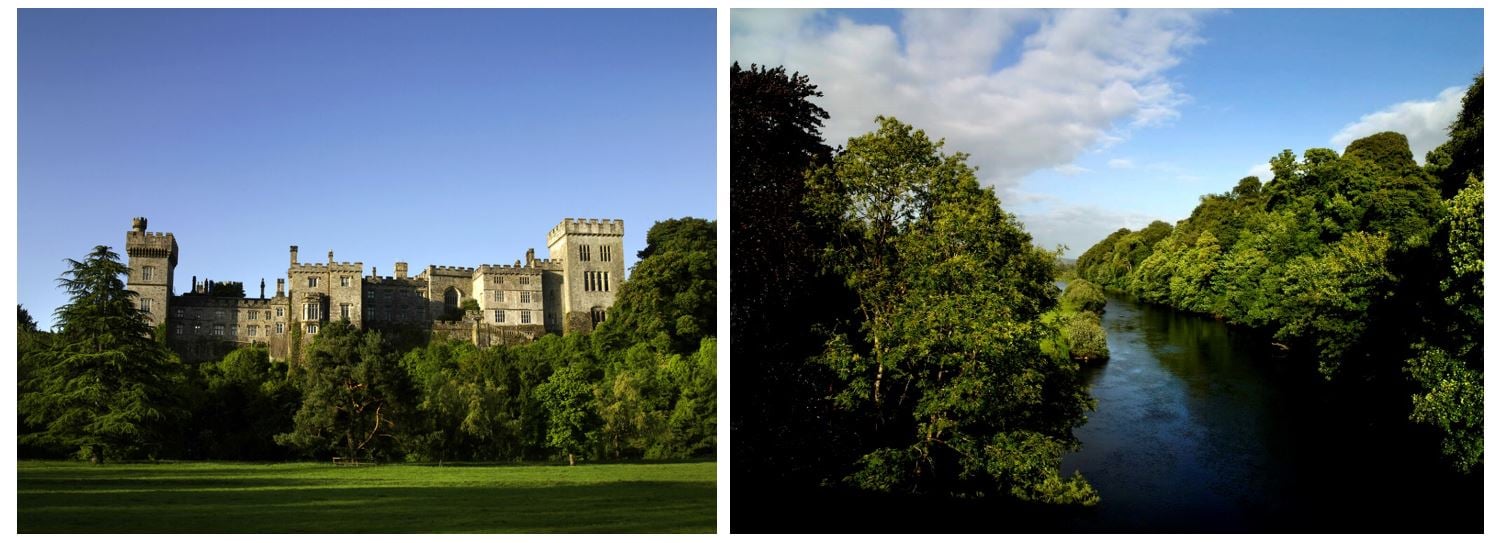
9. COUMSHINGAUN LAKE...
Coumshingaun corrie lake in the Comeragh Mountains is said to be the finest example of a glacial lake in Europe. One of many lakes formed in the mountains during glacial movements of the last Ice Age over 10,000 years ago, the four-hour walk up and around Coumshingaun provides some of the most stunning views to be found in Ireland. The word ‘corrie’ comes from the Scottish Gaelic word, ‘coire’ meaning pot or cauldron. Alternative names for this landform include ’cwm’, from the Welsh for valley, ‘cirque’ coming from the Latin for ‘circus’, and ‘tarn’ which is derived from the Old Norse word ‘tjörn’ meaning pond. In years gone by a man named Jim Fitzgerald (1891-1959), a WWI veteran who was also known as the ’Hermit of Lackendara’ returned from the war and decided to live the rest of his life in a cave at the edge of the lake.
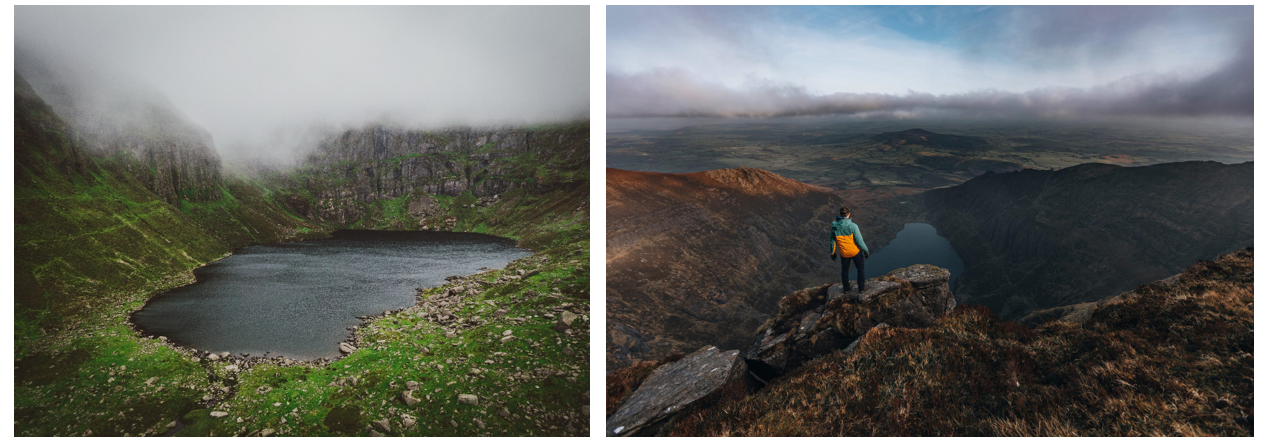
10. HOME OF FLAVAHANS…
Since 1785 Flahavan’s has played an integral role in helping families get the very best start to the day with a bowl of tasty, nutritious porridge. Flahavan’s was founded over 230 years ago, and the picturesque village of the Kilmacthomas, Co. Waterford has remained the bastion of Irish oat milling ever since. Now in its seventh generation, Flahavan’s is under the helm of John Flahavan, who joined the family business full time in 1972. Initially starting out in finance and sales, John took charge of the business in 2000 and guided the company on an upward trajectory with bold changes such as the introduction of new product lines, discovering new export markets and exploring new sustainable energy sources. Flahavan’s Progress Oats, are the nation’s undisputed favourite, and have since been joined by more than forty new product lines which are now available in over 20 different countries including the UK, US, Spain, Russia, India and South Korea.

